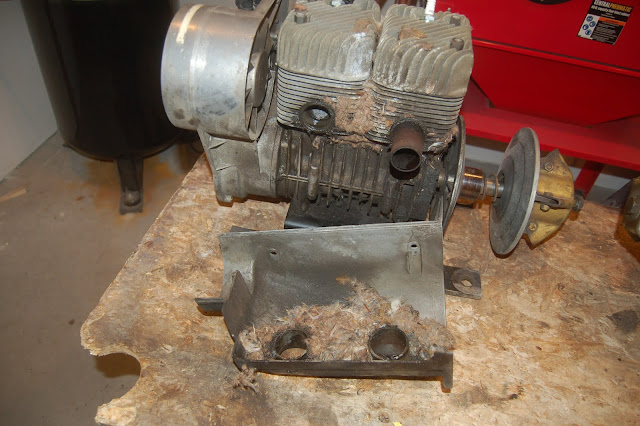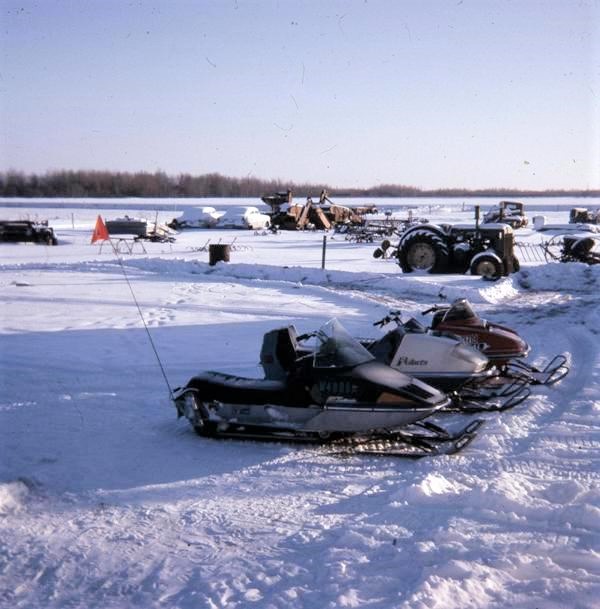Kelly, just wondering how far away are the fires in Winnipeg from you. Looks kinda close on the maps.
The Winnipeg fires are quite a way off but there are much closer fires in Ontario. Nothing super-close, 25 miles is probably the closest. No shortage of smoke though. Man, it was smoky last night! A little concerned about the cabin. A Canadian friend sent us some photos of the property last weekend, lots of tall, dry grass. If that were to ignite, I think we might be in trouble. Unfortunately, we won’t be allowed to cross the border to get up there and clean things up until Aug. 9th.
- - - Updated - - -
Nice! To a degree, you have to love the simplicity in the early years of design. Good to hear that you are doing better. Enjoy your summer. -Mezz
Thanks Mezz. In a way, these motors are beautifully basic. Put on a carb and attach a fuel supply and it would fire up right there on the table. The motor is essentially back together and believe it or not, I found every appropriate screw, nut, bolt, and washer. If nothing else, these projects have taught me the value of organization and photos, photos, photos. Sometimes it might be months (or even years) before items get re-assembled. Things can get lost and you can forget a lot in that time. Although the motor is ready for installation, there are a LOT of chassis tasks (big and small) to get done first. If anything, “newsworthy” happens, I’ll add an update.


